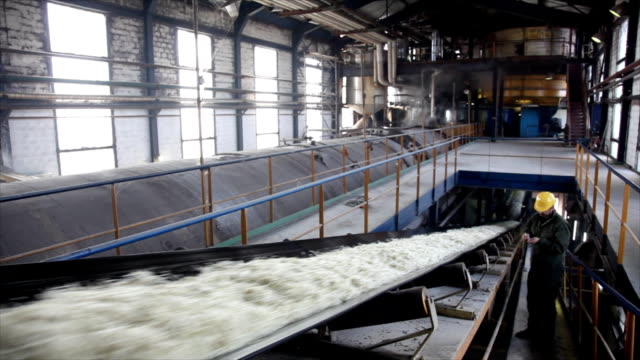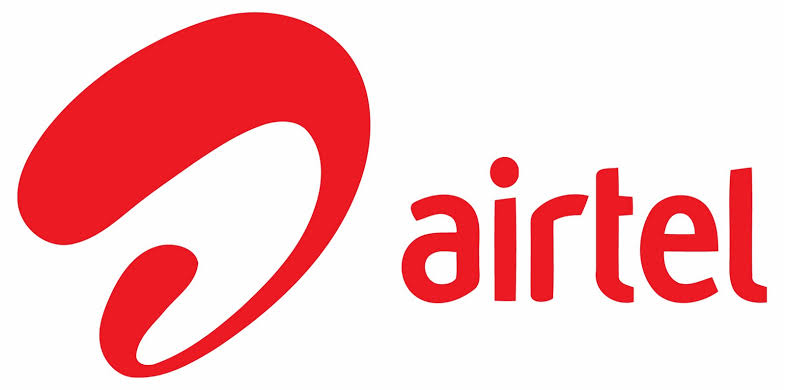The price of petrol have just been reduced by N10 per litre in the mist of 90percent of brands produced by generating sets rolled by diesel, while Nigeria growth projection by IMF has been reviewed downward from 7.3 percent to 4.9 percent in an election year that always drags inflation along, northward, with a sizeable part of the country governed by dissident. Wole David examines the jigsaw that may drive brands bottom-line at year end.
A sizeable number of homes cook with kerosene, companies run their generators on diesel only petrol , one of the four amongst the essential byproduct of petroleum’s price is reduced by 10.3 percent.
Pricing is one of the most important elements of the marketing mix, as it is the only element that generates income for the brand, company or country. The other marketing fundamentals are a variable that comes at a cost to the brand.
There are costs to produce and design a product; it costs to distribute a product and costs to promote it. Pricing may be difficult and depend on the dynamics of supply and demand, fixed and variable costs, competition, company objectives, proposed positioning strategies, target market group and willingness of customers to pay
One of the enigmas of brand development and management is setting a price. In Nigeria, there are many more that meets the eye in setting prices. Today, prices are rarely fixed; they vary depending on perception, macro-marketing, micro-marketing and market interactions. Moreover, in a market economy, fixing prices is like fixing football a match; fixers do not have the interest of any of the participants in the contest at heart. Responsible regulators, players and fans enjoy a match when the fundamentals of soccer are allowed to reign.
Pricing is described as market entry or penetrating when the brand sets a low price to encourage trial, increase sales and market share, and once market share has been captured or awareness is achieved, the firm may well increase their price. That is the challenge for saturated and homogenous products or products with close alternatives.
Pricing skims, when the brand sets an initial high price and then slowly lowers the price to make the product available to a wider market. This pricing strategy is very familiar with fashion and technology brands that have high research and development costs and relative short rave moments like mobile phones or summer collections for fashion.
Premium brands are priced high, usually to reflect its exclusiveness, like Harrods, Porsche, etc. Other pricing strategies includes competition (sets at a price in comparison with competitors in any of these option – lower, parity or higher. Pricing can also be cost or cost-plus; when brands takes into account the cost of production, distribution and a markup, which is what they would have as profit to arrive at their final pricing decision.
None of the pricing strategies works for Nigeria petroleum by products today, if a country operates in a very volatile industry, environment or market, where costs are changing regularly, it may be difficult to set a price for the brand or product as in the current situation in the global oil industry culminating in Ministry of Petroleum Resources to change its pump price to N87 per litre through its regulatory agency, the Petroleum Products Pricing Regulatory Agency (PPPRA).
Didn’t Nigeria know that shale oil was in the corner and that the Middle East producers have higher threshold to withstand pricing pressure?
Well, the executive secretary of the Petroleum Products Pricing Regulatory Agency (PPPRA), Farouk Ahmed has explained that the N87 per litre of petrol comprises the landing cost, ex-depot price and the open market price plus a subsidy of N2.84 by the Federal government.
Farouk says an analysis of the pricing template of the PPPRA, based on average Platts’ data for December 29, 2014 showed the landing cost of $644.92 per metric ton of PMS or N82.41 perlitre.
He explains further that the landing cost per litre consists cost and freight (N72.40K), traders’ margin (N1.28K), lightering expenses (N3.91K), Nigerian Ports Authority (NPA) charge (N0.67K), financing (N0.35K), jetty/depot thru’ put charge (N0.80K) and storage charge (N3.00K). With the addition of $121.22 per ton, or N15.49 per litre as distribution margins, would bring the total cost to about $766.14 per ton, or N97.90, which was above the former retail price of N97 per litre by 90 kobo.
A breakdown of the distribution margins include retailers (N4.60K), transporters (N2.99K), dealers (N1.75K), bridging fund (N5.85K), marine transport average (N0.15) and administrative charge (N0.15K).
Against the pricing issue is the International Monetary Fund (IMF) review of Sub-Saharan growth estimate from 7.3% in 2014 down to 4.9% for 2015. Analyst, Dr. Temi Oludamilare, Eonomic Analyst in one of the new generation “It’s all convoluted. Will the N10 reduction on petrol price be enough compensation for the larger economic calamities of low purchasing power, unemployment, high interest rate, persistent non-implementation of the budget? We don’t even have a budget now. Iran based its own budget at $40, Kuwait is budgeting at $45 while Nigeria is budgeting at $65. Must we always be reactionary? Will it not be better to remove the controversial subsidy ones and for all and allow us to face whatever is left of the ruins?”
In marketing, growth is an imperative, not an option. But only one in ten brands succeed in achieving sustained, profitable growth and same for businesses and country. The qualitative and quantitative information that contributes to the economic well-being and the subsequent financial worth of a brand, company or country is the underlying asset that must be considered to rate it a worthwhile investment.
Can our fundamental sustain the present challenge? For example, Nigeria interest rates, GDP growth, trade balance surplus/deficits and inflation levels are some macro-marketing factors that must be considered as factors of the quagmire we must juxtapose with the reduced petrol price to have a good picture of Nigeria now.







Comment
No comments found.